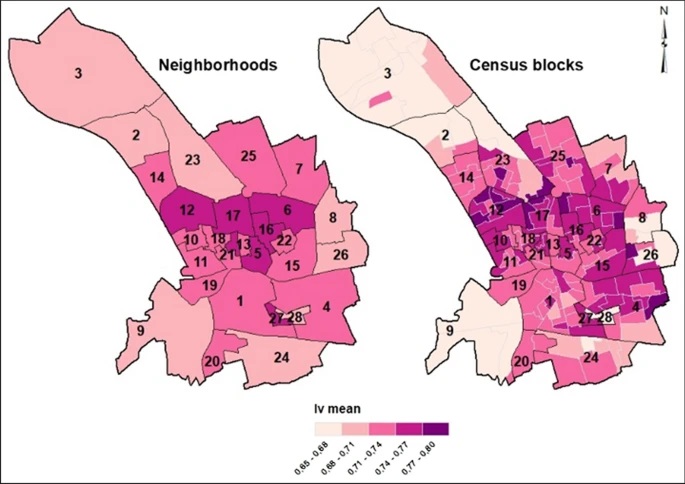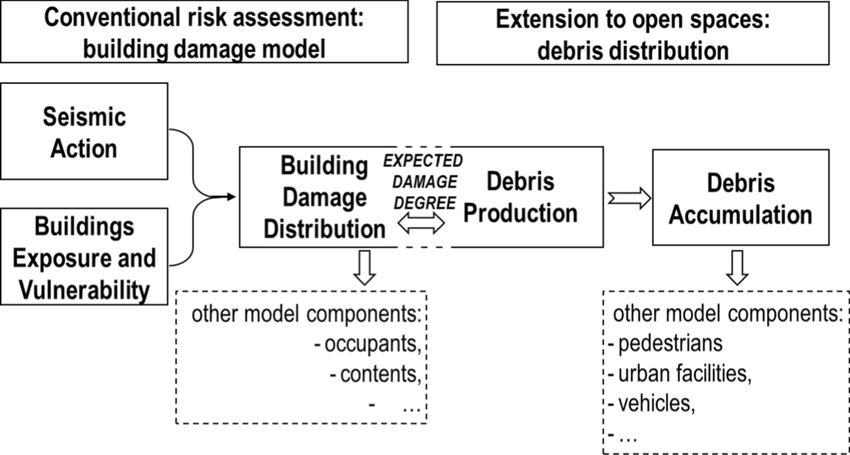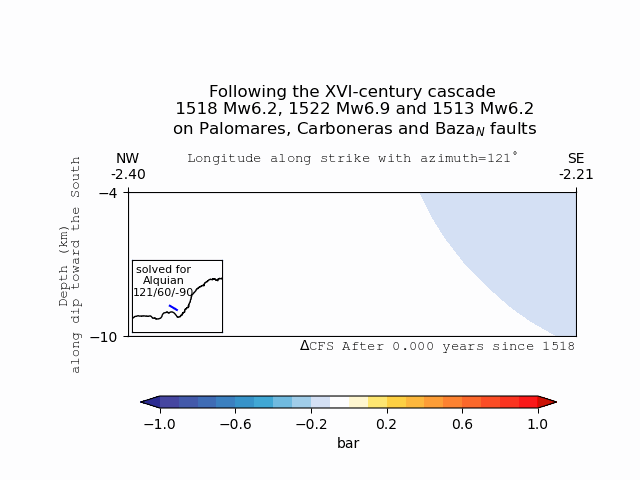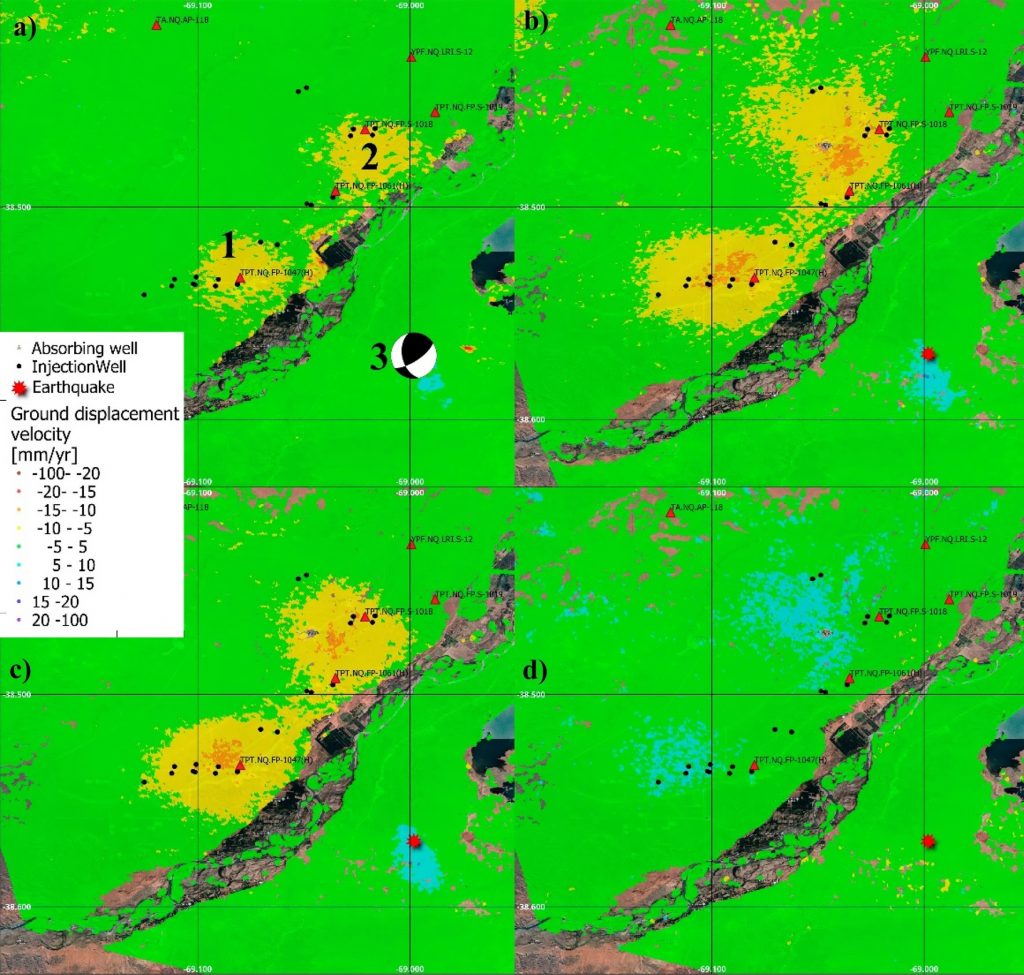Simulacro de Terremoto en Arenas del Rey
El pasado 4 de mayo de 2024 se realizó un simulacro de terremoto en Arenas del Rey (Granada), organizado por la Dra. Yolanda Torres del grupo TERRA. Este simulacro se enmarca dentro del proyecto SISMO-RESILIENCIA, financiado por la oficina de aprendizaje servicio de la Universidad Politécnica de Madrid ¿Qué es un simulacro de terremoto? About...







